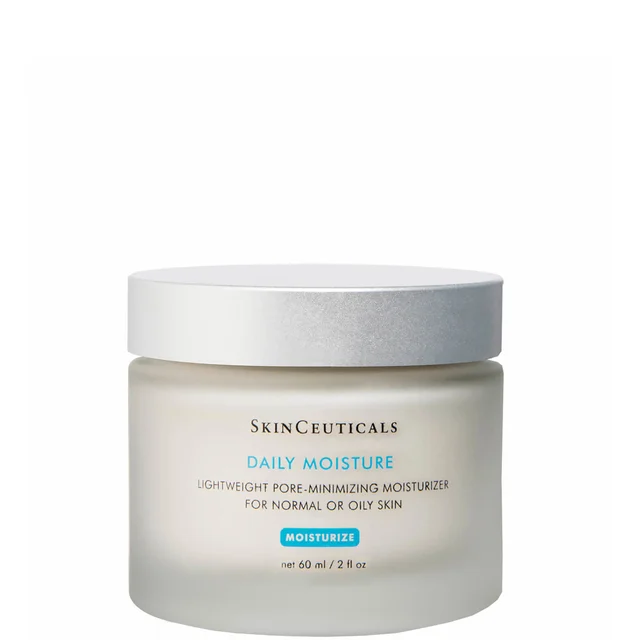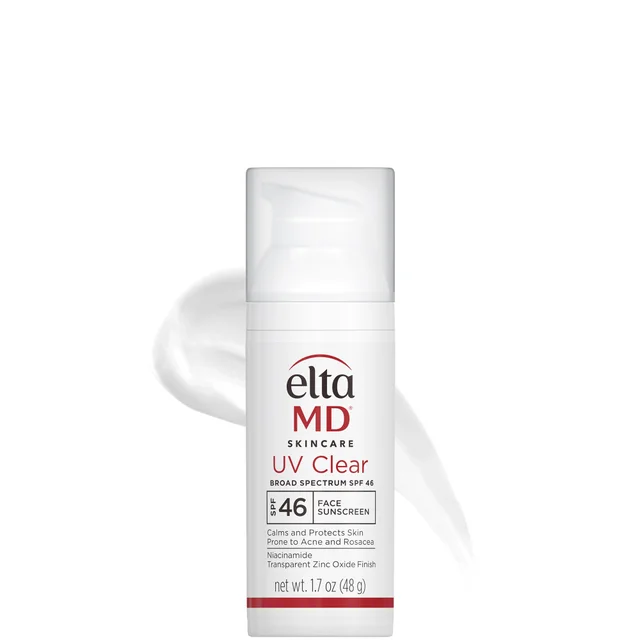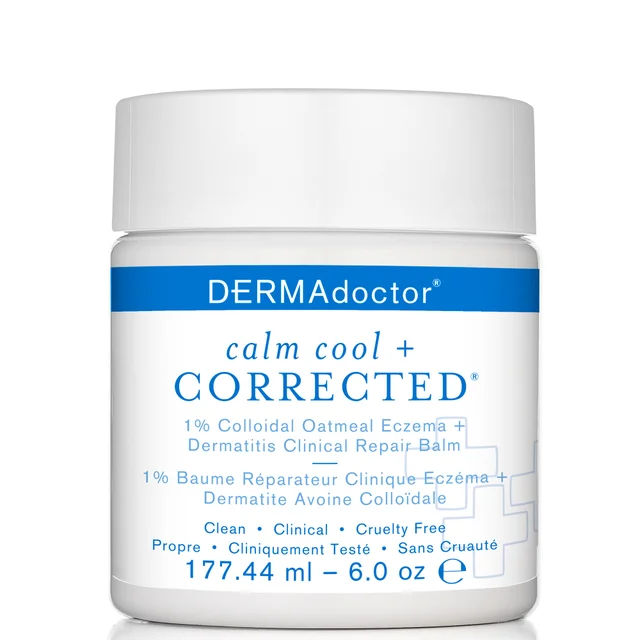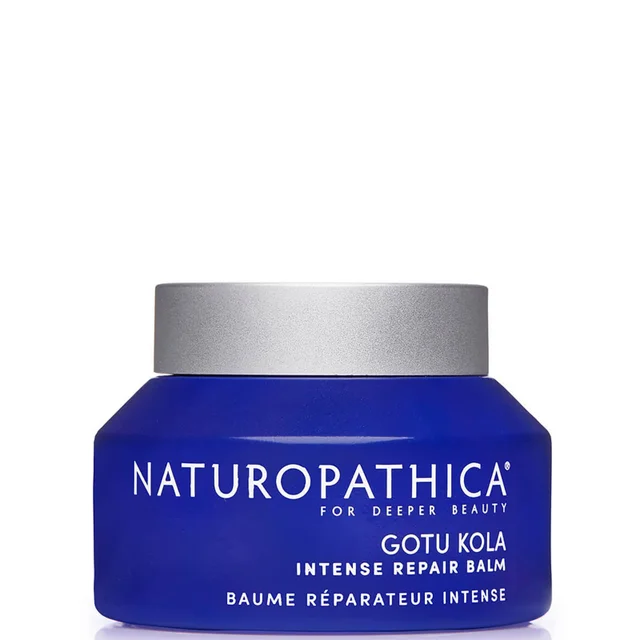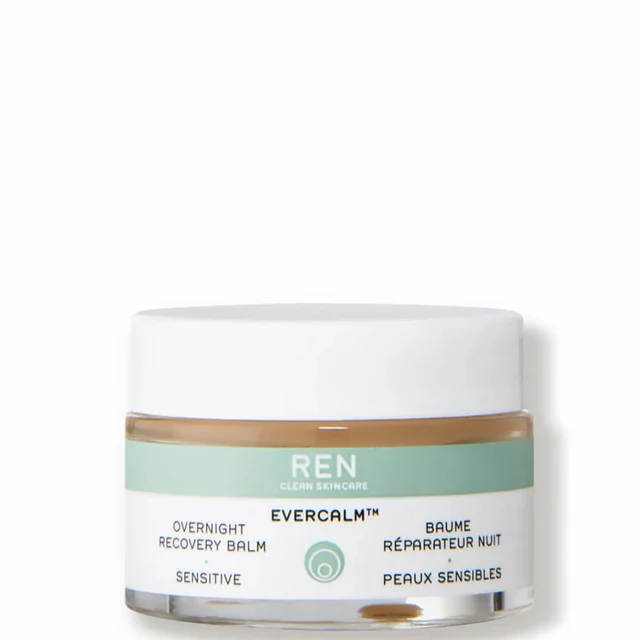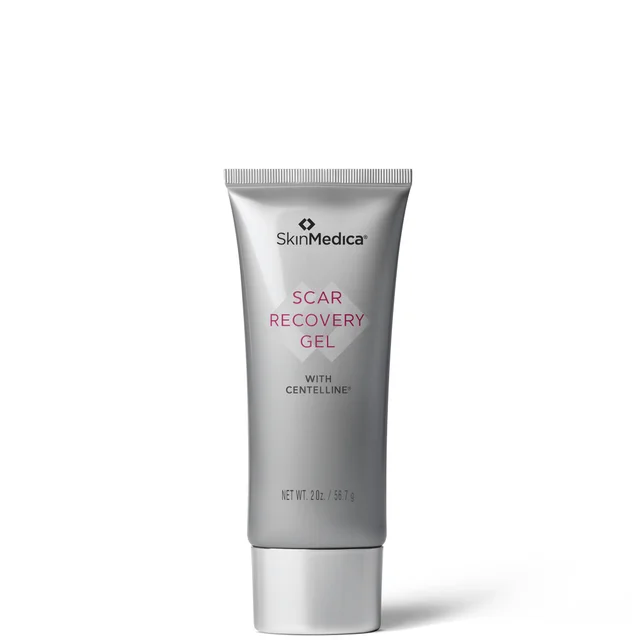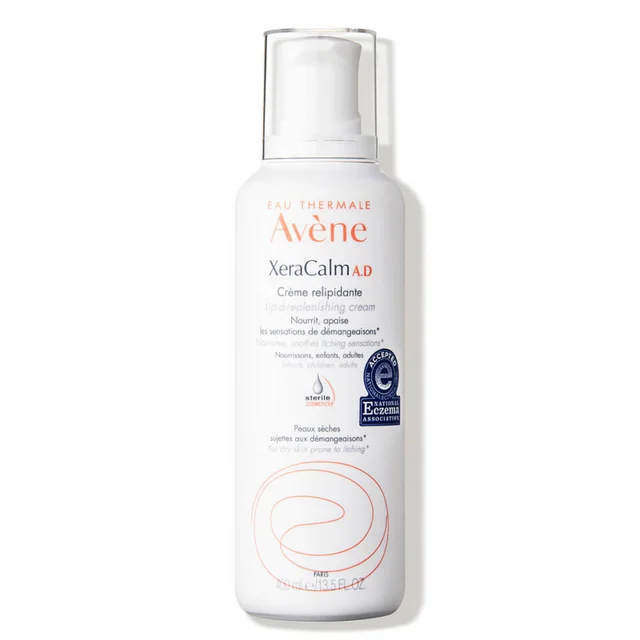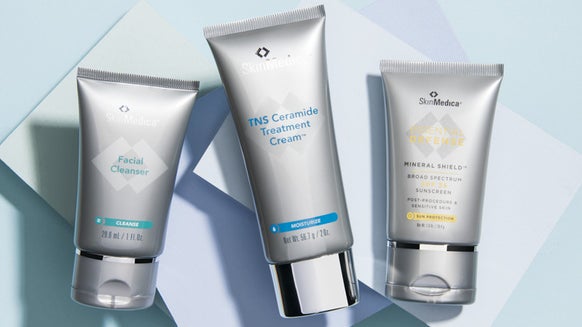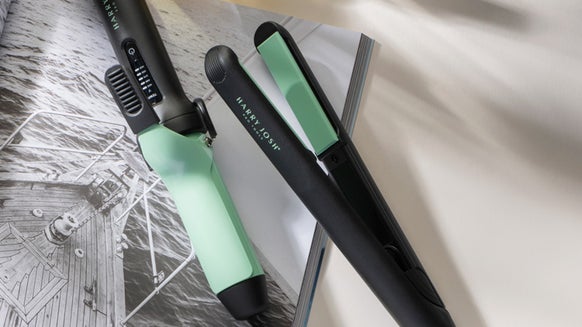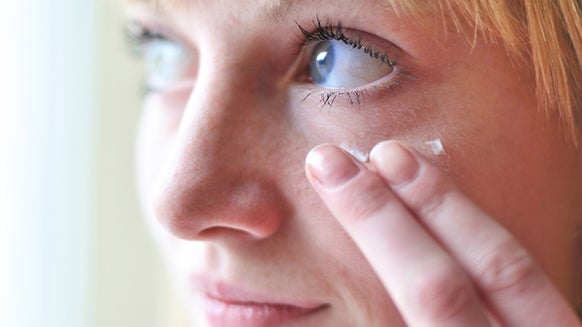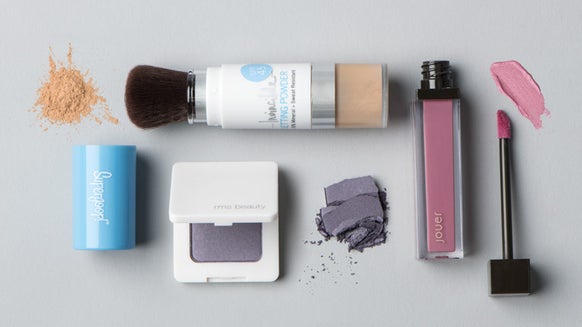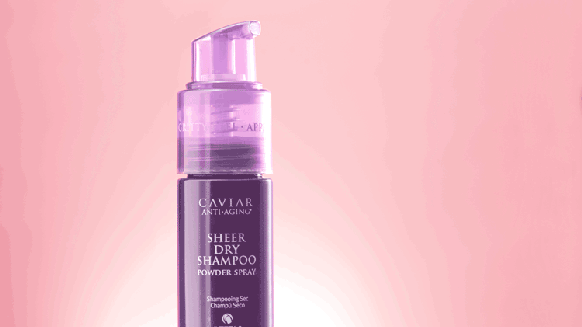How to Prevent and Treat Facial Scarring
When it comes to facial scarring, prevention is your best friend. There are three main types of scars: depressed or indented scars, discolored scars and thick or raised scars. While depressed, indented and raised scars are notoriously difficult to fade, getting a jump on minor abrasions, skin-deep punctures and discolored scars before they become permanent is key. A scar's visibility ultimately depends on how well its wound has healed—to make sure small marks become nothing more than memories, encouraging a healthy healing process is absolutely essential.
Table of Contents:
What Causes Face Scarring?
Facial scarring, like scars elsewhere, is a normal part of skin healing. As the body responds to an injury or trauma, the skin responds by creating new collagen and tissue, which repairs the damage and physically fills in the area of the skin where the injury occurred. Each scar that forms takes on a unique size, shape, and formation depending on the cause of the injury and how your skin responds as the scar takes shape.
First, the body sends a rush of platelets to the affected site to prevent blood loss. This initial stage, known as hemostasis, allows the platelets to bind together, close the wound, and create a scab.
With a scab in place to protect the skin, a surge of skin inflammation occurs as part of healthy healing. White blood cells are called in to prevent the area from becoming infected. As a result of inflammation, the skin may become red, hot, swollen, or painful. The more inflammation that occurs, the more likely a scar to form.
Next is the proliferation stage of skin healing, when new skin cells are created. The scab will shed as the skin continues to heal, eventually revealing fresh, pink skin underneath.
Finally comes maturation. The skin is fully healed, and a scar may result, which will be red or pink at first and eventually lighten and turn white or a silvery-grey color over time.
Scarring on the face isn’t limited just to one cause. Some of the more common reasons for facial scarring include:
- Burns
- Accidents
- Surgery of all kinds
- Acne
- Cuts and scrapes
- Damage
- Illness like chickenpox
All skin types experience scars, and most people have at least one scar somewhere on their body. While some people have a natural inclination to scar more than others, most scars improve and fade somewhat with time, but they never entirely go away and always exist to some degree.
How to Prevent Face Scarring
Scars happen to the best of us, but there are ways to limit them from forming. If you want to know how to prevent facial scarring, here’s everything to do.
- Don’t pop or pick at pimples and acne. Acne scars on the face are one of the hardest types to improve due to the inflammation and collagen loss they cause. Even though it may be tempting to squeeze a pimple, chances are you're only upping the risk of scarring, be it discoloration-related scarring, which will slowly fade, or more permanent scarring.
- Leave your scabs alone. Scabs aren't cute, but it's best to let them take their course and fall off independently rather than trying to pick or peel them off before it is ready. When you prematurely force a scab off the skin, it prolongs the overall healing process and increases the potential for scarring.
- Get stitches when necessary. In some instances, stitches are necessary to prevent more extreme facial scarring. While there's zero guarantee that stitches will leave you scar-free, they can help line up the borders of the skin as it heals to minimize scarring, and if a scar results, it is cleaner and better organized.
- Keep the skin well hydrated. As the skin heals, it's important to keep it moisturized to decrease the chances of a scar forming. While moisturizer alone doesn't guarantee that a scar won't form, it does help keep the skin more supple and pliable.
- Cover the area with a bandage. Damaged skin is fragile and protecting it from environmental factors will help the healing process while reducing the risk of a scar forming. Apply a piece of gauze and adhere it to the skin with medical tape, or use a bandage to cover the skin. Just make sure to cleanse the area daily and change the dressing frequently.
- Use vitamin E and sunscreen. Once the skin has fully healed, you’ll want to keep it protected from the sun with SPF 30 to prevent hyperpigmentation, darkening, thickening of potential scars. Applying vitamin E to the area regularly can also help hydrate the skin and break up scar tissue, making the skin less likely to scar.
How to Treat Face Scarring
Just because there's a scar on your face doesn't mean you need to live with it like that. Scarring on the face often improves on its own over time as the scar matures. But if you want to treat scarring so that the resulting scar is less noticeable, there are plenty of approaches to take—some are more reliable than others. Remember that when treating a face scar, it's important to follow the full course of treatment and be patient.
- Keep the skin out of the sun. One of the worst things you can do for a scar is expose it to the sun. UV rays can darken existing scars, causing them to change.
- Consider topical treatments. Over-the-counter topical products like ointments, steroid creams, antibiotics, and antihistamine creams are often the first line of defense when treating and improving facial scarring. Many of these treatments help the skin heal, reducing redness and the itching associated with scars.
Skin care products. Using the right skin care products can make a difference in the appearance of a scar. Cleansing the skin with the appropriate cleanser and applying a skin-appropriate moisturizer and serum can help improve the look of facial scars. Look for skin care products with retinol, lactic and salicylic acids, vitamin C, and niacinamide, all of which can help improve facial scarring. - Silicone sheets. To soften a scar, especially those that result from a burn or surgery, try a silicone sheet, available in different sizes and shapes to fit several kinds of scars. Silicone, which has long been used to treat scars in hospitals, creates a physical seal over the scar to keep it hydrated, softening and flattening it. However, to reap the benefits of silicone sheets, they must be worn for at least 12 hours per day for weeks, if not months.
Microneedling. Microneeding treatments performed by a professional prompt the body to create new collagen to improve the look of an existing scar. As the body reorganizes the collagen within a scar and creates new collagen, the skin becomes more even in tone and texture, making the scar less visible. - Lasers and chemical peels. Resurfacing lasers and chemical peels can be performed by your dermatologist to help smooth the outermost layer of skin so that it's soft and new. By removing damaged skin from the top layer, the scar appears more even in color and often flatter, so it blends in better with the skin.
- Injections. In some cases, your doctor may recommend a series of steroid injections directly into a scar to help treat it. Injection therapies are usually reserved for thicker, red, raised scars, as well as keloid scars. A series of injections is usually recommended, which helps reduce inflammation in and around the scar and any associated pain and itching.
- Dermal fillers. Your dermatologist may turn to dermal fillers to help fill in a scar that has become depressed, like a pitted acne scar. By injecting the scar with filler, the skin takes on a more even look, making the scar less pronounced. However, fillers are not a permanent option, and while they can give long-lasting improvement to the skin, you will need to repeat the treatment as needed.
- Scar revision surgery. If nothing seems to help with your scar, scar revision surgery may be your last-ditch effort. Performed by your plastic surgeon, the procedure entails changing the shape and positioning of the scar by excising loose skin around the scar or releasing the scar to allow for better movement.
This article has been reviewed by board-certified dermatologist Dr. Emmy Graber.

Elise Minton Tabin is an award-winning beauty journalist, editor, and beauty expert with more than 16 years of experience. She previously held the title of Executive Beauty Editor at NewBeauty magazine, where she reported on beauty, plastic surgery, anti-aging, health and wellness. She was also instrumental in the launch of the beauty supplement brand Hush & Hush. A self-professed beauty junkie and retinol and sunscreen pusher, Elise knows what’s new, what works and who’s the best to go for every procedure under the sun. Follow Elise on Facebook, Instagram, and on her beauty blog, elisetabin.com
